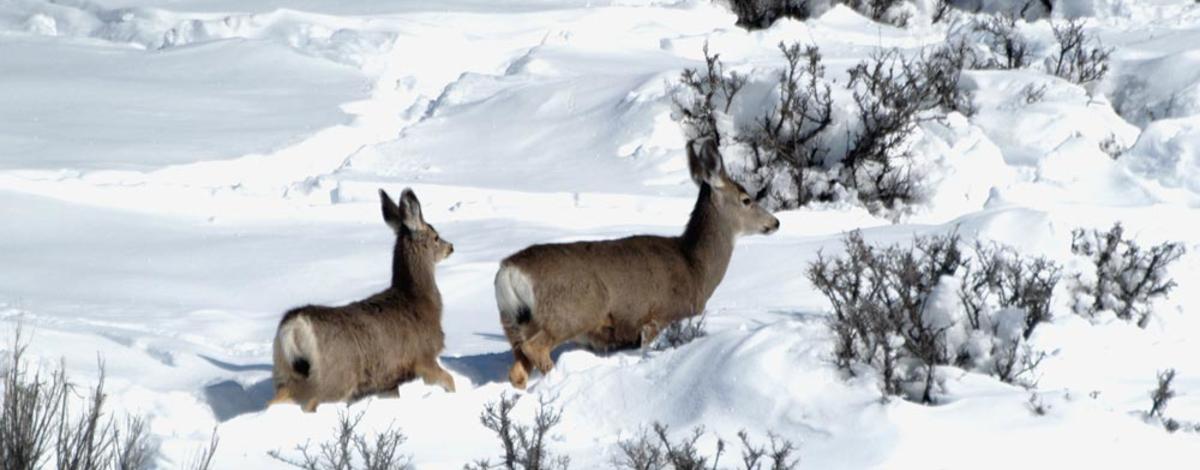Statewide winter survival for mule deer fawns and elk calves fitted with tracking collars has shown to be slightly lower through the end of February.
"From an overview perspective, winter survival is tracking about average to a little below average from what we’ve seen in the past two years," said Toby Boudreau, Fish and Game’s Deer and Elk Coordinator. “But, in the southeast part of the state, where winters have been long and severe, it’s not looking too good.”



